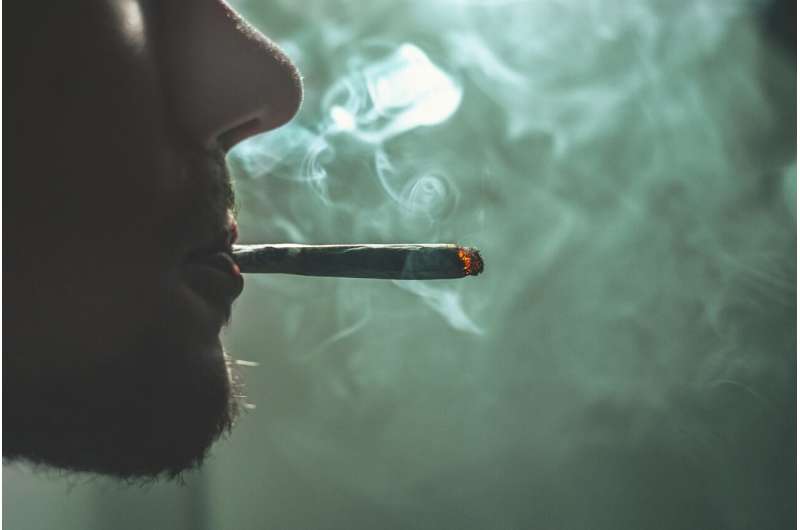
New research, published in the American Journal of Psychiatry, examined a broad range of potential predictors of substance use among adolescents and found sociodemographic variables were the most robust predictors of substance use initiation.
The study is part of a special issue of the journal highlighting advances in understanding the neurobiology and sociodemographic underpinnings of substance use disorders and how this understanding has advanced recognition and treatment. Several authors discussed this work today at a special briefing during the 2024 Annual Meeting of the American Psychiatric Association (APA).
ReJoyce Green, Ph.D., an assistant professor at the Medical University of South Carolina, led the study of substance use initiation predictors. Green and colleagues examined various factors using sociodemographic, hormonal, neurocognitive, and neuroimaging data from the Adolescent Brain Cognitive Development Study.
They looked at data on 420 variables for more than 6,800 youths (ages 9-10), following them over three years. The analysis used a statistical approach that accounts for the complexity of the data (a penalized logistic regression with an elastic net).
By age 12, approximately 14.4% of the youths had initiated substance use, and the most commonly reported substances were alcohol, cannabis, and nicotine, similar to previous research findings. Among the sociodemographic factors predicting substance use initiation were religion, race, and income.
Religion was a strong protective factor for Mormon youths, while Jewish youths were more likely than those from other religions to initiate substance use. Black youths were less likely to initiate substance use than white youths, and those from a lower-income background were more likely than others to initiate substance use. Prenatal exposure to substance use was among the top predictors, with prenatal exposure associated with a greater likelihood of initiation.
In addition, youth with a history of school detention and suspension were more likely than others to initiate substance use. Several modifiable risk factors also predicted a greater likelihood of substance use initiation, including substance availability, peer use of alcohol and nicotine, and sensation seeking (need for varied, novel, and complex sensations and experiences).
The findings suggest that for this age group, resource-intensive data-collection methods (such as collecting hormonal, neurocognitive, and neuroimaging data) do not improve the ability to predict substance use beyond using data obtainable through self-report. Data related to self-, peer-, and familial-related factors was more informative than resource-intensive methods in predicting substance use initiation during late childhood and early adolescence.
Children and teens who begin substance use early are at greater risk of developing a substance use disorder and psychosocial problems in adulthood, and the results of this study provide data that can be useful in streamlining and tailoring prevention and early intervention efforts.
More information:
ReJoyce Green et al, Predictors of Substance Use Initiation by Early Adolescence, American Journal of Psychiatry (2024). DOI: 10.1176/appi.ajp.20230882
Citation:
Study highlights key predictors of adolescent substance use (2024, May 6)
highlights-key-predictors-adolescent-substance.html
.
. The content is provided for information purposes only.
